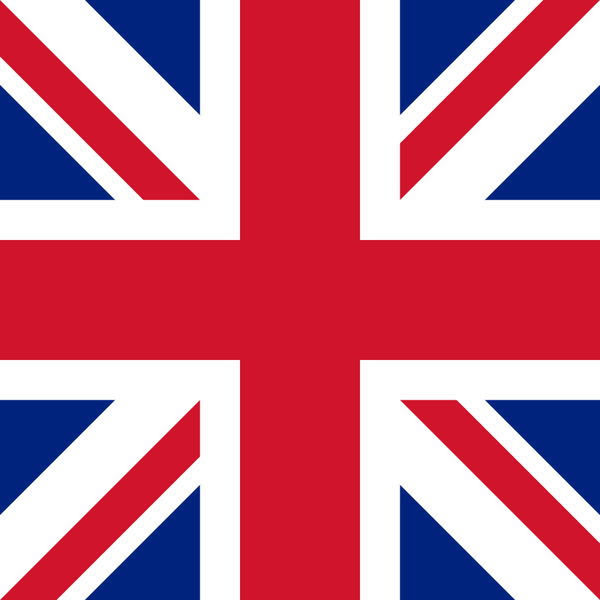Chief executive John Pettigrew said the grid was becoming “constrained” and “bold action” was needed to create a network able to cope with “dramatically” growing demand.
“Future growth in foundational technologies like artificial intelligence and quantum computing will mean larger scale, energy-intensive computing infrastructure,” Mr Pettigrew said.



Who owns our grid? Since the profits for the supply go private.
Is the grid private too or do we just pay to subsidise the profits of the energy companies?
National Grid PLC own the grid infrastructure, and are a private company cos Thatcher.
It’s a little more complicated than that.
At Distribution level, there are a variety of companies that each serve a specific region. These companies own and operate the networks from LV to 132kV) WPD was brought back under UK ownership and is now called NGED - National Grid Energy Distribution - which is the only distribution operator that’s a part of National Grid PLC. NGED cover south Wales and parts of England stretching east from there.
At Transmission level (132kV and above), it’s owned by NGET - National Grid Energy Transmission - for England and Wales, with SPT and SSE owning the transmission infrastructure up in Scotland.
The operator is NGESO, National Grid Energy System Operator. They operate the entire transmission network of the mainland UK, covering England, Wales and Scotland. They manage generation and demand and ensure they match. Apparently they’re changing their name to NESO, in line with being made fully independent of National Grid.
But yeah, all of these (including all the DNO’s I didn’t list) are private companies.
The bigger issue however is that our consumption market is completely detached from the generation market. With renewables taking over, our electricity should be getting much cheaper - generators no longer have any fuel costs to pay, which was always the dominant cost over the life of the plant. Instead, we get consumer sellers advertising “We use 100% renewable energy!” as if that’s justification to pay a little more and go with them.